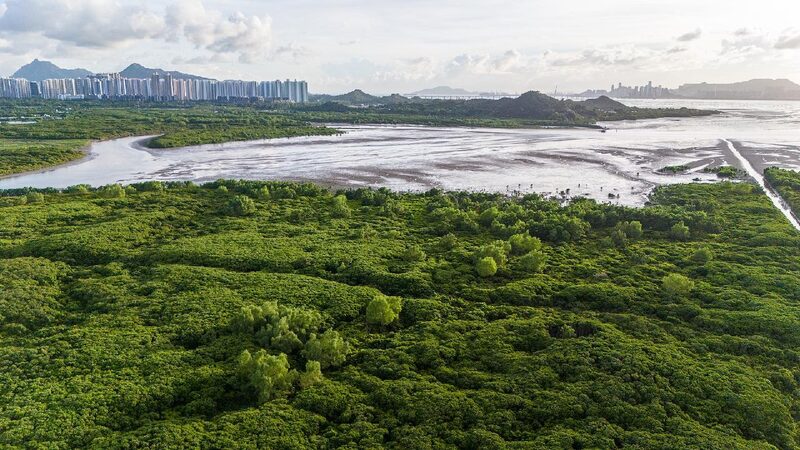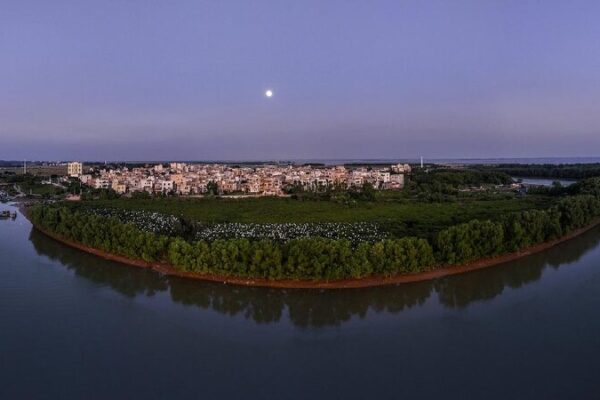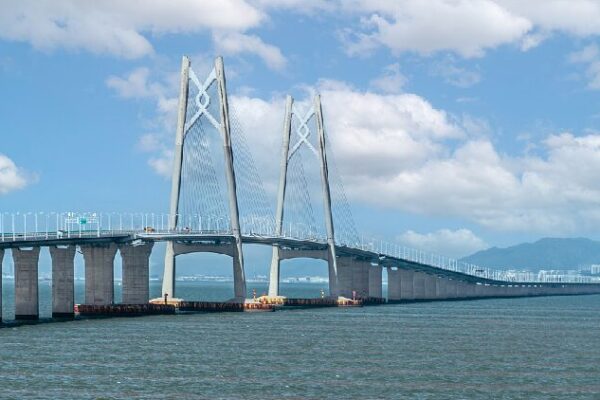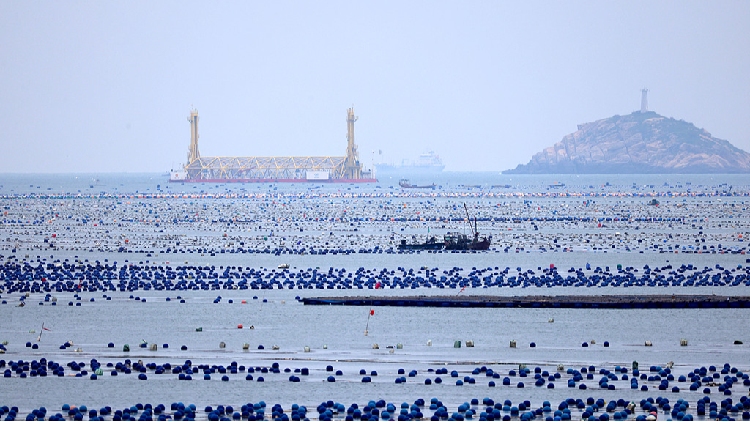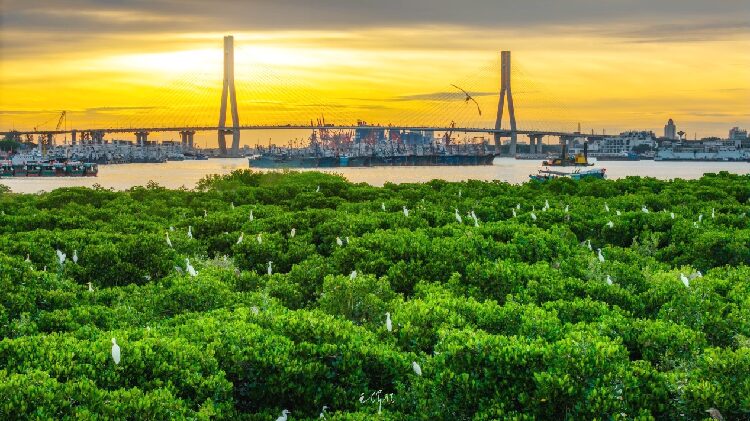In the heart of the Guangdong-Hong Kong-Macao Greater Bay Area, a collaborative effort is underway to protect one of nature’s most valuable ecosystems: mangrove wetlands. The Guangdong Neilingding Futian National Nature Reserve in Shenzhen and the Mai Po Nature Reserve in the Hong Kong Special Administrative Region (HKSAR) are joining forces to conserve these vital habitats.
Mangrove wetlands are crucial for protecting coastlines from erosion, supporting biodiversity, and serving as essential nesting grounds for birds. They also play a significant role in sequestering carbon, mitigating climate change, and filtering pollutants.
“Mangroves are unique and complex ecosystems, often difficult for humans to access. Their dense canopy provides birds with quiet, undisturbed nesting areas,” said Simon Wong, nature officer at the Agriculture, Fisheries and Conservation Department of the HKSAR government.
In February 2023, Shenzhen’s Futian mangrove was designated as a Wetland of International Importance under the Ramsar Convention on Wetlands. Along with Mai Po, Shenzhen Bay now hosts two internationally recognized wetlands.
The wetlands of Futian and Mai Po not only support rich biodiversity but also symbolize the close cooperation between Shenzhen and the HKSAR in ecological conservation. Since signing a framework arrangement for the conservation of Shenzhen Bay wetlands in January 2023, the two cities have collaborated on ecological baseline monitoring, waterbird surveys, and environmental education.
“The Shenzhen Bay is essentially a shared wetland between Shenzhen and Hong Kong. Despite being separated by the Shenzhen River, the ecosystem remains consistent,” said Yang Qiong, a senior engineer at Guangdong Neilingding Futian National Nature Reserve Administration Bureau.
The black-faced spoonbill, one of China’s top protected animals, has seen a remarkable population recovery, growing from fewer than 300 individuals in the 1990s to 6,988 counted globally in January 2024. To monitor their numbers, Shenzhen and the HKSAR conduct synchronized surveys and use AI-powered monitoring technology to minimize disturbance.
On November 6, 2024, an agreement was signed to establish the International Mangrove Center in Shenzhen, marking the beginning of deeper cross-border wetland conservation efforts. This platform aims to enhance cooperation in science, technology, and resource management, promoting wetland protection in the Greater Bay Area and beyond.
The collaborative model in Shenzhen Bay could serve as a global example for joint conservation initiatives, inspiring other regions to work together in preserving our planet’s invaluable natural resources.
Reference(s):
cgtn.com
